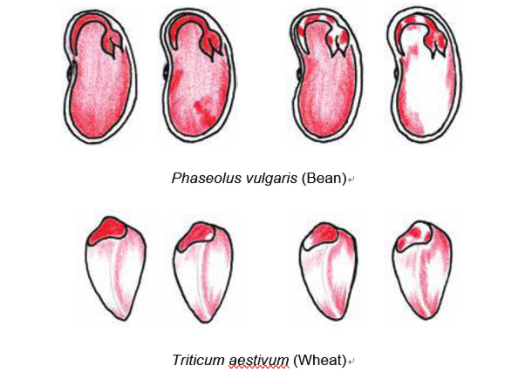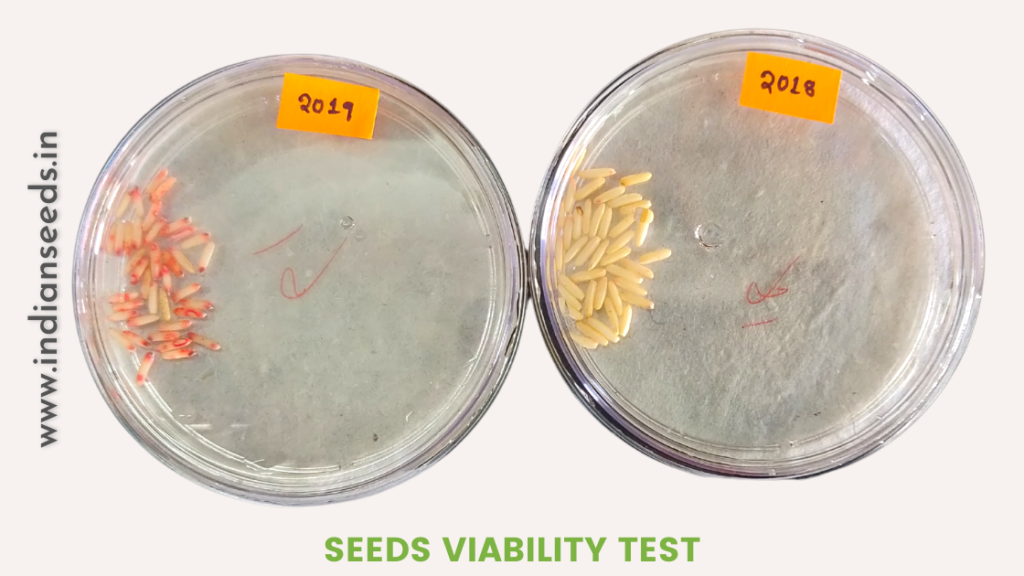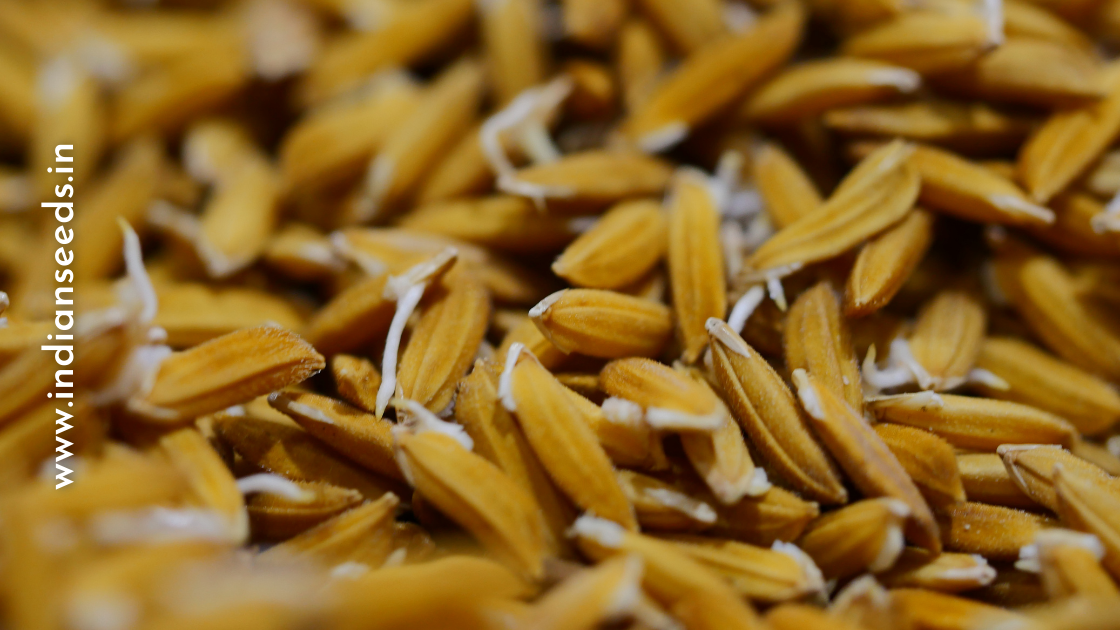For several gardeners, accumulating a wide number of seed packets is unavoidable over time. With the allure of new introductions every season, it’s only normal for passionate growers to run out of space.
Though some people have enough space to plant the entire packets of seed, others frequently save partially used varieties of their favourite garden vegetables for future growing seasons. Keeping a stock of unused seeds is a great way to save money while still expanding your garden. Many growers wonder, “Are my seeds still good?” while saving seeds for potential use.
What is Seed Viability Test?
The viability of seeds or plant material refers to how many seeds or plant matter in a lot are alive and capable of developing into plants that will replicate under ideal field conditions.
Are My Seeds Viable? How to Test at Home?
The viability of seeds varies depending on the type of plant. Some plants’ seeds can germinate for five years or more, while others have a shorter life cycle. Crop viability checking, fortunately, is a simple way to decide whether or not saved seeds are worth planting when the growing season begins in the spring.
Gardeners must first gather the required materials before beginning the seed viability experiment.
- A small sample of seeds, paper towels, and resealable plastic bags are included.
- Using a paper towel, mist it with water until it is evenly moist.
- After that, spread the seeds out on the paper towel and fold it in half.
- Place the folded paper towel in the bag that has been sealed.
- Place the bag in a warm position and label it with the seed form and the date it was started.

If you’re testing for seed viability, make sure the paper towel doesn’t dry out during the process.
Check to see how many seeds have germinated after about five days by opening the paper towel. Gardeners would have a general understanding of the latest germination rates with relation to the saved seeds after two weeks.
Although this seed viability experiment is simple to carry out, it’s important to keep in mind that certain seeds can not produce reliable results. Many perennials have unique germination conditions, such as cold stratification, and this approach does not provide an accurate picture of seed viability.
If you are looking for a quick method for Seed viability test then we can go for Tetrazolium Testing.
Tetrazolium Testing - Seed Viability Test
Tetrazolium (TZ) testing is a quick method for determining seed viability (it can be completed in less than two days). Crop scientists have long used this method to assess germination potentials, determine the extent of seed damage, and assess seed vigour and/or other seed lot issues.
Tetrazolium (TZ) testing is a quick method for determining seed viability (it can be completed in less than two days). Crop scientists have long used this method to assess germination potentials, determine the extent of seed damage, and assess seed vigour and/or other seed lot issues.
The existence of dehydrogenase activity in viable seed tissues during the respiration process is the basis for TZ research. The colorless 2,3,5 triphenyl tetrazolium chloride solution can be converted to a red dye formazan by dehydrogenase.

As a result, seeds that consume tetrazolium chloride will have their living tissues painted red, while their dead tissues will maintain their natural color.
The following are the steps in a typical TZ testing procedure:
Dry seed preparation: Many species seed coats are best handled by mechanical abrasion to enable water or solutions to penetrate into the seed’s interior tissues.
Moistening: This phase hydrates the seeds in order to stimulate the respiratory enzymes and soften the tissues so they can be cut and pierced.
Preparation of the surface for staining: To aid TZ solution absorption by internal tissues, cut or pierce the seed.

Staining: Soak the cut seeds in the TZ solution for a certain amount of time.
Patterns of staining are assessed. Look for a color shift in the embryo in the seed.
Please let us know your feedback on this article on seed viability test in the comments👇














